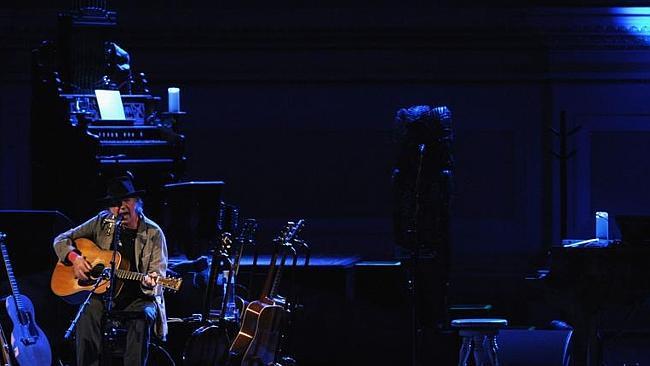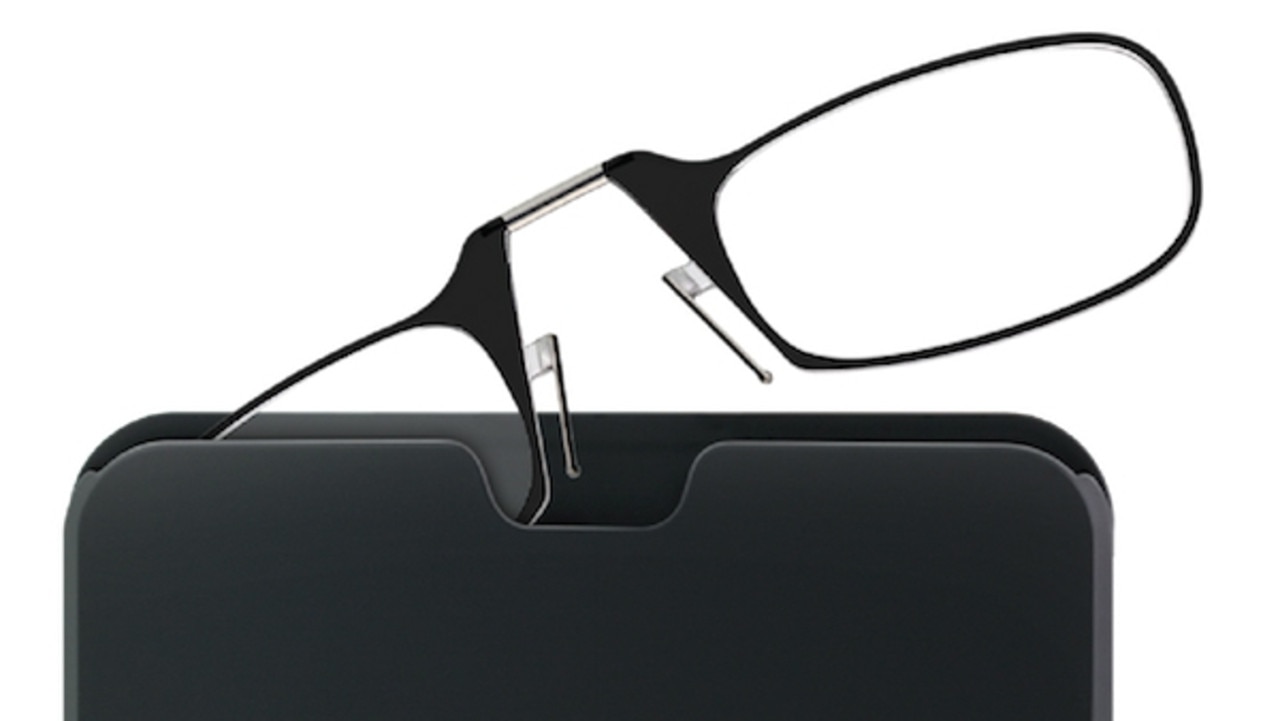Rockin’ in a better world
LEGENDARY 70s singer Neil Young has been obsessed with it. Equally iconic musicians concur.

LEGENDARY 70s singer Neil Young has been obsessed with it. Equally iconic musicians such as Sting, Elton John, James Taylor, Elvis Costello, Bruce Springsteen and Jackson Browne concur.
They say it’s time for better-quality digital music that reflects the original quality of sound — the pure bass, vocal tone, spatial sound, and clear high notes we enjoy when listening to music live — at a concert or in a jazz bar. It’s the pure sound of a track laid down in a recording studio.
And they’re out to make it happen. There’s a view that the musical appreciation of members of generation Y, who typically consume music on smartphones, has been sullied by the limited quality of MP3 — the most common format of digital music.
MP3 files are small and you can stack thousands on a modern smartphone. But in severely reducing file size typically to between two and five megabytes, a compromise is made — sound quality.
If you don’t reduce the file size, you hear the music in its native, uncompressed splendour — high-definition audio — but file sizes can be up to 300 megabytes per track. That means bigger downloads and storage space requirements.
Young and the other artists gave testimonials on video promoting Young’s longtime ambition: creating a portable music player for HD audio. In the clip, they endorse its sound after listening to it in Young’s car.
The Canadian singer-songwriter has pursued his project to build an HD audio player using crowdsourcing site Kickstarter.com. He calls it the “Pono” player, pono being Hawaiian for righteous.
On Kickstarter, Young’s team has excelled. They sought $US800,000 to build and distribute the player. Not only did they reach that in a day, the project now has eight times the funding support sought, $US4.8 million ($5.2m), with thousands signing up to buy it, and 13 more days of soliciting funding still to go.
The first batch of PonoPlayers, due in October, are being made in Shenzhen, China. They will include a chrome-finished “artist limited edition” series with a choice of laser-engraved signatures including from Young, Patti Smith, Willie Nelson, the Dave Matthews Band and Tom Petty.
In 2012, Young spoke of how he had discussed the idea of HD audio with Apple’s co-founder, Steve Jobs, and during the conversation, Jobs, the pioneer of the iPod with its MP3 tracks, said he listened to vinyl at home. He’s not the only one.
Many older musicians are adamant that vinyl has a warmth and depth not found on CD tracks, certainly not on MP3s. It may be a reason for the vinyl revival — the surge of support the old format has received recently.
Young does have his critics, who believe that while the HD audio format could fly, his PonoPlayer may not. Limited storage space (64 gigabytes or 128Gb with an SD memory card), and the Pono’s triangular design are two criticisms.
It’s not only Young who believes in the HD audio revolution. Japan’s Sony, home to many of the world’s greatest artists and bands, has announced a plethora of HD audio equipment, including players, speakers, headphones and HD audio amplifiers, complete with one terabyte of storage.
The offering includes the NWZ-ZXI Sony Walkman, an HD audio player with 120Gb of storage that will sell in Australia for $699. It heralds the return of the Walkman, with a music experience not yet on smartphones.
The fact users would carry their music and phone as two separate devices has kindled concern the concept won’t work: that people have got used to both being on the same device.
The countervailing argument is that there are enough people worldwide who are keen to invest in the HD audio format and wouldn’t worry about carrying a separate device. Time will tell.
But there are good reasons why HD audio could now take off. Sony demonstrated the technology to journalists in Sydney this week and, for those who enjoy high-quality listening, there is much to look forward to.
And, unlike a few years ago, internet speeds are fast enough for downloading larger-sized tracks and solid state storage is big enough to store them.
In 2001, the first iPods had 5Gb of storage. They could store about 1700 songs at an average 3Mb each. Those original iPods could have stored just 17 HD audio tracks at an average 300Mb each.
The Sony ZX1, however, has 128 Gb of solid-state storage. While not big by today’s standards, Sony says it can accommodate about 800 high-definition audio tracks of various formats including high-quality FLAC, ATRAC and Apple Lossless audio. It also can play MP4 video, but that’s more a sideline here.
In Sydney this week, Sony’s chief sound engineer Koji Nageno said 70 per cent of the company’s music-loving customers surveyed in Japan and the US expected better-than-CD-quality from audio.
By launching a larger range of HD audio devices, Sony is not putting its eggs in one basket as to whether users will prefer a portable player with headphones, HD audio on a computer or notebook, or seek the full-room listening experience with an amplifier and speakers.
There is, too, the issue of getting your hands on remastered content. With Young’s artists aboard and Sony set to offer many of its artists’ albums in this souped-up format, supply should not be a problem.
HD tracks, Acousence, classical music supplier Analekta Records, ATMA Classique and Highresaudio are among many sites already offering it. You can also buy high-fidelity pure audio disks — Blu-ray disks from the likes of JB Hi-Fi.
The question is: will HD audio remain a niche format or are we on the verge of it becoming the preferred mainstream music format with the artist community behind it and better technology to support it.


